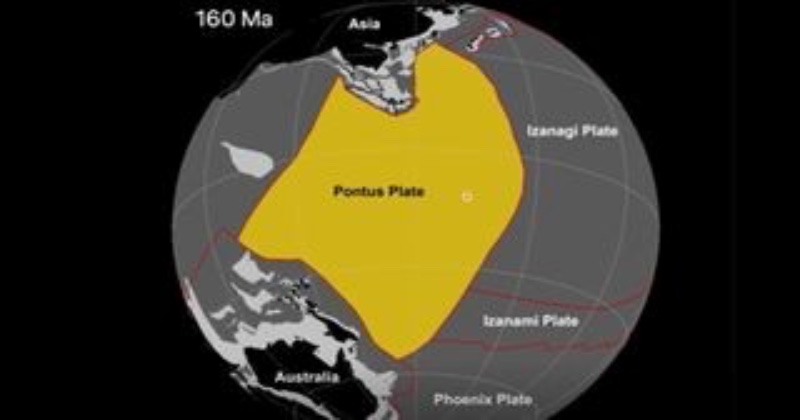
Researchers have made a remarkable discovery by locating an ancient tectonic plate in Southeast Asia that had vanished from Earth’s surface over 20 million years ago. Named the Pontus plate, fragments of its crust were identified in the South China Sea, close to Borneo island. The Pontus plate once spanned an impressive 15 million square miles, making up roughly a quarter of the Pacific Ocean. It is believed to have been an integral part of the Earth’s crust prior to the breakup of the supercontinent Pangaea, eventually subducting beneath the planet’s surface due to gravitational forces from a neighboring plate.
The name “Pontus plate” is derived from its submersion beneath an ancient body of water known as the Pontus Ocean during its existence. Scientists managed to reconstruct this lost geological puzzle through a combination of field research and extensive investigations spanning regions such as Japan, Borneo, the Philippines, New Guinea, and New Zealand mountain belts. This particular area proved to be among the most complex in terms of plate tectonics. Notably, remnants of the Pontus plate were also found in Palawan, an island in the Western Philippines, and in the South China Sea.
The significance of this discovery extends beyond the Pontus plate itself. It hints at the existence of a single, coherent plate tectonic system extending from southern Japan to New Zealand, which scientists speculate might have been in place for a staggering 150 million years. This revelation adds a new layer of understanding to the Earth’s geological history and the intricate interplay of tectonic plates over eons.

Post Your Comments